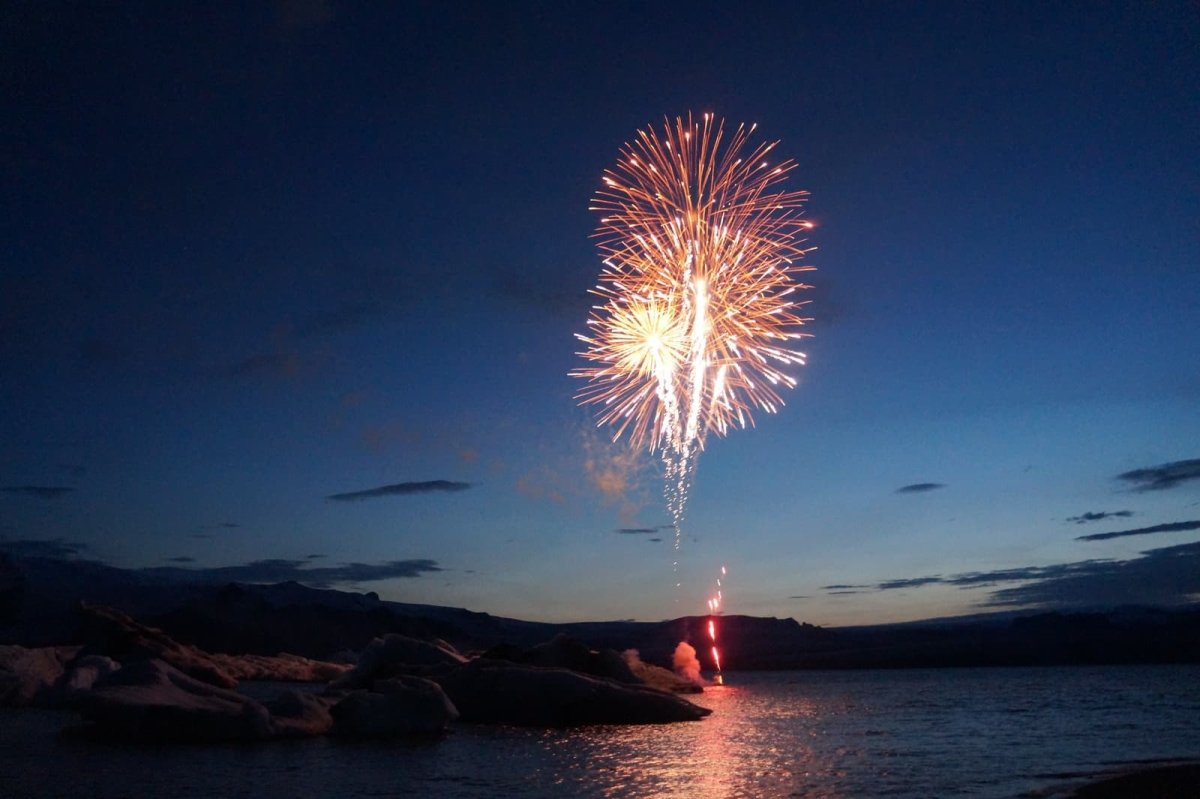

A Glimpse into the Magic of Hanabi
Imagine a warm summer evening under the expansive Japanese sky, where colors burst and cascade, like celestial flowers blooming in a momentary dance. This spectacle, known as hanabi or "fireflowers," is more than just a visual treat; it is a sensory celebration deeply woven into the cultural tapestry of Japan. This article will take you on a vibrant journey through the history, significance, and breathtaking festivals of hanabi, offering insights and tips for those eager to experience this captivating tradition.
The Historical Spark of Hanabi
When gunpowder's explosive potential was first discovered by the Chinese, it set off a chain of fireworks innovation that reached Japan by the 8th century. Initially adopted for military purposes, it wasn't until the Edo period that the Japanese began to see the possibilities for fireworks to become a spectacular art form. In 1733, amid the somber backdrop of famine and disease, Tokyo's Sumida River hosted the first public hanabi display, an event designed to both mourn and honor the deceased. This inaugural festival marked the beginning of a longstanding tradition, transforming fireworks from tools of war to symbols of beauty and peace.
Cultural Significance and Spiritual Resonance
In Japan, hanabi is not just a feast for the eyes but a symbol rich with meaning. Each burst of color captures the transient beauty of life, akin to the ethereal cherry blossoms, reminding onlookers of nature's impermanence. These displays foster community spirit, uniting families and friends under the shared glow of the night sky. On a spiritual level, fireworks are believed to dispel evil spirits, a belief that aligns with their inclusion in Shinto and Buddhist ceremonies. This blend of the temporal, the communal, and the spiritual cements hanabi's place in Japanese culture.
The Top Hanabi Festivals You Can't Miss
Japan's summer nights come alive with hanabi festivals, each offering its own unique spectacle and charm. Here are some of the must-see events:
Sumida River Fireworks Festival in Tokyo
The oldest and perhaps most famous, this festival lights up the skies every July, attracting over a million spectators who gather along the Sumida River. The challenge lies in finding a good viewing spot, as the vibrant display of 20,000 fireworks is a popular draw.
Tsuchiura All Japan Fireworks Competition
Held in November, this competition showcases the latest in pyrotechnic innovation, with categories for the best shooting technique, most colorful patterns, and largest explosions. It has evolved from a somber naval commemoration into a lively display of artistry.
Nagaoka Fireworks Festival
Launched to symbolize post-war reconstruction, this August event is renowned for its emotionally charged Phoenix fireworks, designed to evoke tears of reflection and hope amongst the attendees.
Omagari Fireworks Competition in Daisen
Since 1910, pyrotechnic masters have gathered in Daisen to compete in Japan's national fireworks competition. The festival's aim is to crown the most innovative and skilled among them, making it a spectacle of unrivaled creativity.
Kachimai Fireworks Festival in Obihiro
This August 13th event marks Hokkaido's first fireworks festival, celebrated during the Obon holidays. It's known for its Nishiki Kamuro fireworks, a mesmerizing highlight of the festival.
Crafting the Sky – The Art of Firework Making
Creating these dazzling displays is a meticulous art, mastered by hanabishi, or fireworks artisans. These craftsmen blend chemicals precisely to produce the desired colors and effects, shaping each 'star' pellet within hemispherical casings. Through careful drying and assembly, they create spherical shells that burst into smiles, hearts, and complex patterns, painting the night sky with their artistry. Each firework is a testament to generations of knowledge and skill.
Experiencing Hanabi: Tips for Attendees
To truly appreciate the magic of hanabi, one must experience it firsthand. Festivals, especially in the peak summer months, can be crowded, so early arrival is crucial for securing a good vantage point. Consider VIP seating if you prefer comfort over the hustle. Bring essentials like blankets and cushions, as well as your favorite snacks, although the rich array of street food stalls might tempt you. A traditional yukata adds to the festive atmosphere, and remember to respect festival etiquette by keeping spaces clean and being mindful of others.
Hanabi's Influence on Japanese Pop Culture
The impact of hanabi extends beyond festivals into pop culture. Notable references include the acclaimed 1997 film "Hana-bi," where fireworks played a significant thematic role, and the globally loved cooperative card game "Hanabi," inspired by the intricate beauty of these displays. Even in video games like "Mobile Legends," characters bear the spirit of hanabi in their design and abilities, showcasing the enduring charm of these fiery flowers.
Learning the Language of Hanabi
For those interested in cultural immersion, understanding the language associated with hanabi can be both enlightening and fun. Here are some key terms:
- Matsuri: Festival
- Natsu: Summer
- Hanabi Taikai: Fireworks festival
- Yatai: Food stall
- Natsu no fūbutsushi: Epitome of summer
- Uchiage Hanabi: Launching fireworks
- Hanabishi: Pyrotechnician
- Shikake Hanabi: Exhibition fireworks
Conclusion – Where Art and Tradition Meet
The mesmerizing displays of hanabi offer more than just spectacle; they invite reflection on life's fleeting beauty and the power of community and tradition. Whether you experience these fireworks in person or through a cultural exploration, hanabi leaves a lasting impression, embodying the spirit of Japan’s festive summers. For those eager to explore this enchanting tradition, immerse yourself in a hanabi festival and savor the rich cultural experiences it offers.



